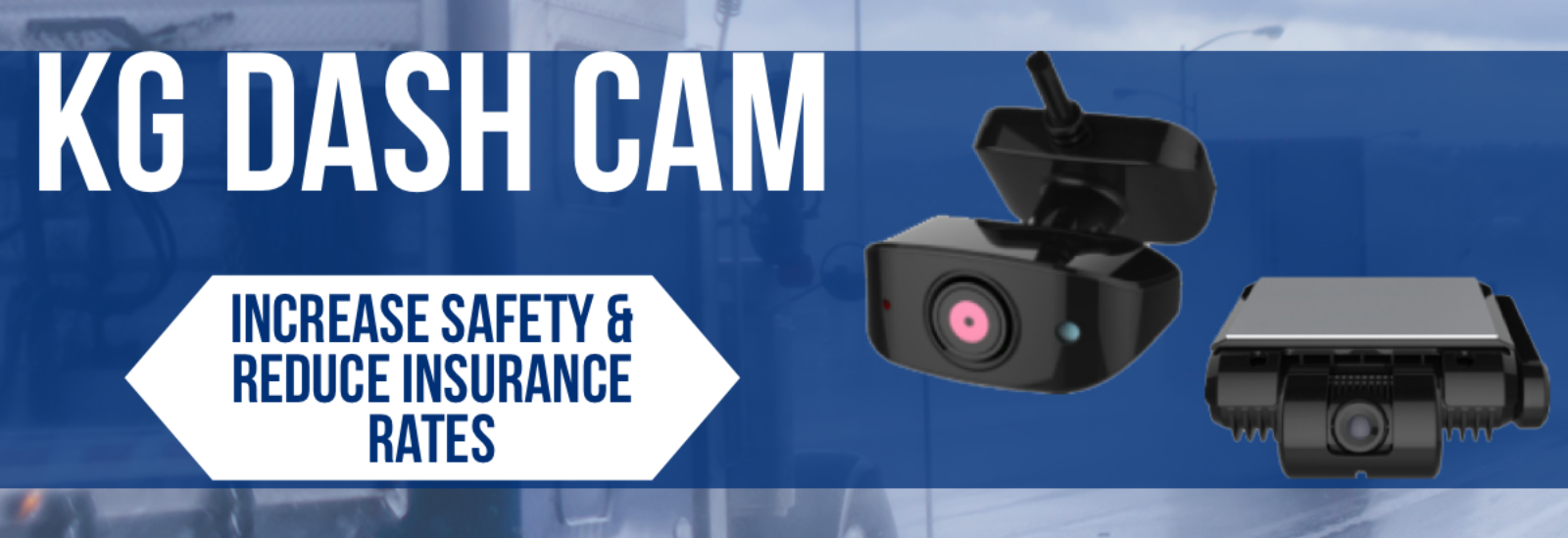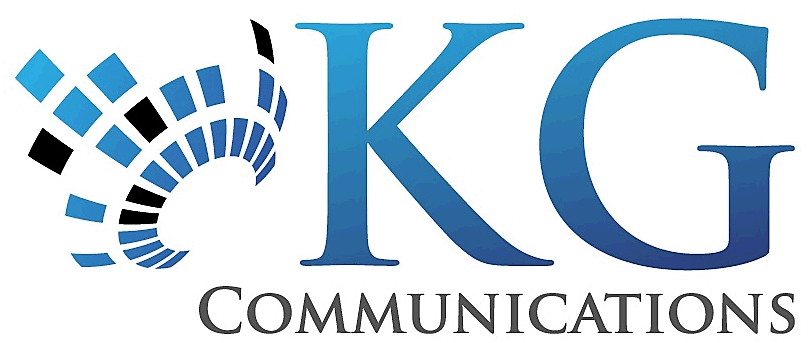Push-To-Talk
Why it is business-Savvy
After World War II, GIs came home with many new experiences and ideas that were gained through their experiences in the military and from what they saw overseas. In the field many of them had witnessed the use of portable radio communication equipment that revolutionized coordination among combat units, both infantry and mechanized. Some the soldiers trained in the Signal Corps (pronounced, “core”) looked for ways to use this great technology in civilian life. Amateur radio clubs sprang up, the American Radio Relay League exploded with membership, police and fire departments installed radio equipment at a lightning pace and business had its first experience with “Radio Dispatched Service”. Wow.
What a remarkable concept: a customer could call the repair store to have a repairman sent out and the store could radio dispatch a field unit to handle the call. Amazing. Well, it is just as amazing today and even more so. But, why don’t all businesses use radio? They tend to use cell phones instead.
Well, aside from the inevitable fact the cell phones are simply sophisticated two-way radios, it is still a good question. Why don’t businesses use that instant communication that those GIs and businesses through the 1980s called “Push-To-Talk”? Perhaps it is not as sexy and stylish as a glitter-coated smartphone. And, perhaps, the cellular industry has sort of stolen PTT’s thunder. But in reality, Push-To-Talk is still the very best fit for any business that has some of its people outside the office. Here’s why.
In business today, many folks have come to use voice mail, text, email and many other computer technological advances as hiding places. How many times have you called to speak to someone and had the call go to voice mail? Were they available and just decided not to answer my call at that time – blew me off? Will they listen to my email and act on it in the time frame I need? Or, you send a text message and wait for an answer. Sometimes that answer seems confused or off the mark because they interpreted your 140-or-less-character message differently than you intended. And they left out some figures you wanted, of some other less-than-satisfactory reply. Or, you send an email and get no response. Or, by the time you get the response you need, you’re on to something else and have to backtrack. You see, technology has not really brought people together; it has given us clever ways to be unavailable when others actually need us. That makes the internal workings of a business inefficient.
Today’s Push-To-Talk is a technology that really does put everyone in a company – and others outside the company – in close and instant reach. With push to talk, you are using your voice, your words, and your inflection. You select the person you wish to call, push and talk. Instant. There is no ring…ring…ring…go to voice mail Purgatory. And, by the way, Push-To-Talk done right also shows you the other party’s availability before you call, so you know their device is turned on, in range and can take a call. Pretty cool. Also, when you push that magic button to talk, you get an affirmation that the other party’s device got the call. Now you are talking back and forth in quick verbal communication. And it is quick. The communication accomplished in a normal cell phone call that takes 2 minutes to complete can often be replaced by a 30-second PTT conversation. Several communication industry groups have confirmed it. There is no dial 10 digits then press send, hear two rings before the other party’s phone rings, then the other party sees who is calling and decides whether to take the call and finally does. That just took the 30 seconds that a PTT call would have. There is less “how ya doin’” and “well I guess I better get going” that occurs in a cell call. PTT calls are much more about business. And, if the other party is really unavailable, they can set their “availability” to DND, Do Not Disturb. You can leave them a message to call you back when they become available. It doesn’t take much experience with PTT before everyone finds they have to use the DND feature honestly.
And there is something very valuable to business that is completely impossible with cell phones, text, email or even video conferencing – Group Calling. With PTT, many successful companies use only group call. Everyone in the group hears everything that is said during the PTT call by whichever person has the floor. One person talks at a time and everyone hears. Many mistakes are caught before they are made and everyone hears the same thing. Employees may be divided into smaller groups (like sales or technicians or supervisors, etc.) so their communication stays pertinent. Smartphones can support dozens of groups if needed. Groups can be made, changed, added to or dissolved as the needs of the company change.
Efficiency is the result. Much fewer calls unanswered. Answers gotten in record time. Less misunderstanding and better follow-up. It is what every business can use. And, this can be integrated with mobile applications on feature phones and smart phones with something that those first pioneers of the two-way phenomenon could never imagine: Coverage. Rather than coverage over a few miles, PTT gives coverage over a continent. Wow.
The basic solution to communication problems that gave our troops the advantage they had in Europe, The Pacific and around the globe in battle is still a great solution to communication problems today. Businesses simply need to wake up that post-war DNA that made so many exciting things happen – it can happen again.
— Darin Alvord
VP of Engineering
KG Communications
www.kgcomm.net


